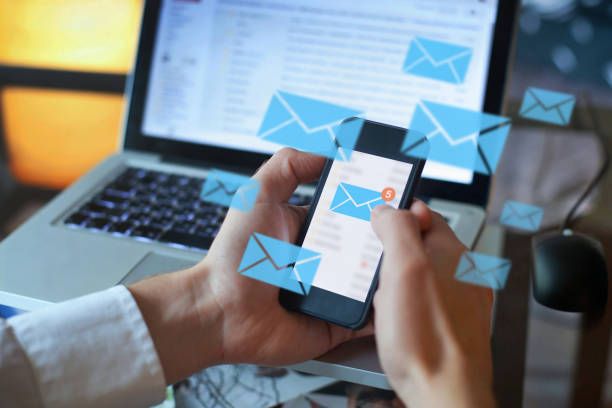In the world of email marketing, one of the biggest challenges faced by marketers is managing email bounces. High bounce rates can negatively impact the success of your email campaigns, leading to reduced deliverability, wasted resources, and missed opportunities to engage with your audience. To overcome this challenge, utilizing an effective email bounce service is essential. In this article, we will delve into the world of email bounce management, highlighting the significance of bounce services and equipping you with the knowledge to optimize your email campaigns for success.
Understanding Email Bounces

- Hard Bounces vs. Soft Bounces: Email bounces can be classified into two main categories: hard bounces and soft bounces. A hard bounce occurs when an email cannot be delivered permanently, usually due to an invalid or non-existent recipient address. On the other hand, a soft bounce refers to a temporary delivery failure, often caused by a full mailbox, a server issue, or a message size limit.
- Impact of Bounces on Email Deliverability: Email service providers closely monitor bounce rates as a metric of sender reputation and email quality. High bounce rates can raise red flags and result in email deliverability issues. A good bounce management strategy is crucial to maintaining a positive sender reputation and ensuring that your emails reach the intended recipients' inboxes.
The Benefits of an Email Bounce Service

- Real-time Bounce Detection: An effective email bounce service employs advanced algorithms and technology to identify bounced emails in real-time. By instantly detecting bounces, you can take immediate action to update or remove invalid email addresses from your mailing lists, ensuring future deliverability to engaged recipients.
- List Hygiene and Maintenance: A reliable bounce service provider helps you maintain a clean and healthy email list by flagging and removing invalid or non-existent email addresses. Regular list hygiene ensures that your campaigns target active and engaged subscribers, leading to higher open rates and better overall campaign performance.
- Reputation Management: Bounce services play a vital role in maintaining a positive sender reputation. By reducing bounce rates, you can improve your email deliverability and avoid being labeled as a spam sender. This helps build trust with internet service providers (ISPs) and ensures that your emails consistently reach the inbox.

Choosing the Right Email Bounce Service

- Deliverability and Accuracy: Look for an email bounce service provider with a proven track record of high deliverability rates and accurate bounce detection. Reliable bounce services will provide detailed bounce categorization, distinguishing between hard and soft bounces for effective list management.
- Integration Capabilities: Consider whether the bounce service integrates seamlessly with your existing email marketing platform or software. Compatibility and ease of integration are crucial to streamline your email bounce management process.
- Reporting and Analytics: Opt for a bounce service that offers comprehensive reporting and analytics. Access to bounce data, including bounce reasons, allows you to analyze trends, identify recurring issues, and make data-driven decisions to enhance your email campaigns.
Frequently Asked Questions:
Q1: How can an email bounce service improve my email deliverability?
A1: An email bounce service helps reduce bounce rates by detecting and removing invalid email addresses. By maintaining a clean email list, you can improve your sender reputation, resulting in better email deliverability.
Q2: Can a bounce service differentiate between hard and soft bounces?
A2: Yes, reputable bounce services provide accurate bounce categorization, distinguishing between hard bounces (permanent) and soft bounces (temporary). This differentiation helps you effectively manage your email lists.
Q3: How often should I clean my email list using a bounce service?
A3: Regular list cleaning is recommended to maintain list hygiene. Depending on your email volume and frequency, consider cleaning your list every three to six months to ensure optimal deliverability.
Q4: Can a bounce service help with spam filtering?
A4: While bounce services primarily focus on bounce detection and list hygiene, some providers may offer additional features like spam analysis and feedback loops. These features can indirectly improve your email deliverability by identifying potential spam triggers.
Conclusion
Email bounce management is a critical aspect of running successful email campaigns. High bounce rates can hinder your efforts, impacting deliverability and engagement. By leveraging an effective email bounce service, you can significantly reduce bounce rates, improve sender reputation, and enhance the overall success of your email marketing campaigns. Choose a reliable provider that offers real-time bounce detection, list hygiene, and reporting capabilities to optimize your email deliverability and achieve higher engagement with your audience. Don't let your emails bounce away; take control and unlock the full potential of your email marketing efforts.

